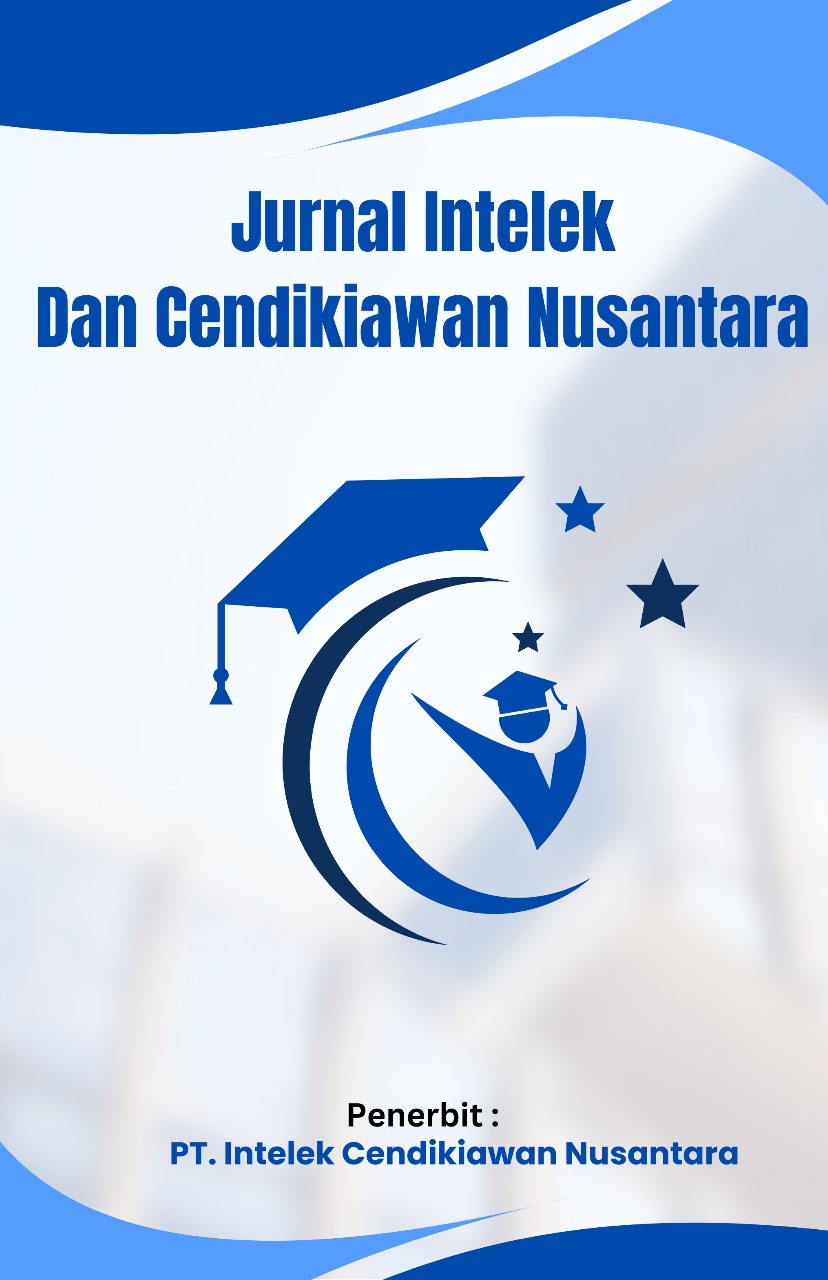PENTINGNYA MENGINTEGRASIKAN SISTEM INFORMASI MANAJEMEN KE DALAM PROSES BISNIS UNTUK MENINGKATKAN EFISIENSI DAN EFEKTIVITAS ORGANISASI
Keywords:
Sistem Informasi Manajemen, Efisiensi Operasional, Efektivitas Pengambilan KeputusanAbstract
Penelitian ini bertujuan untuk mengeksplorasi pengaruh integrasi Sistem Informasi Manajemen (SIM) terhadap efisiensi dan efektivitas operasional organisasi. Menggunakan metode penelitian kuantitatif dan kualitatif (mixed-method), data dikumpulkan melalui kuesioner dan wawancara mendalam dari 30 organisasi yang telah mengimplementasikan SIM selama minimal dua tahun. Hasil penelitian menunjukkan bahwa integrasi SIM secara signifikan meningkatkan efisiensi operasional, dengan 85% responden melaporkan pengurangan waktu siklus proses dan 78% melaporkan penurunan biaya operasional. Selain itu, 90% responden setuju bahwa SIM menyediakan informasi yang lebih akurat dan real-time, meningkatkan efektivitas pengambilan keputusan manajerial. Penelitian ini juga menemukan bahwa organisasi yang mengintegrasikan SIM mengalami peningkatan kepuasan pelanggan. Tantangan dalam implementasi, seperti masalah teknis dan resistensi terhadap perubahan, dapat diatasi dengan pelatihan yang memadai dan dukungan manajemen yang kuat. Implikasi praktis dan saran untuk penelitian selanjutnya juga dibahas.
References
Alter, S. (2013). Information systems: A management perspective (6th ed.). Pearson.
Boddy, D., Boonstra, A., & Kennedy, G. (2012). Managing information systems: An organizational perspective. Pearson.
Chen, Y., Wang, Y., & Nevo, S. (2015). Integrating technology readiness into the technology acceptance model: The case of e-commerce. Journal of Computer Information Systems, 55(3), 83-91. https://doi.org/10.1080/08874417.2015.11645724
Davenport, T. H., & Short, J. E. (1990). The new industrial engineering: Information technology and business process redesign. Sloan Management Review, 31(4), 11-27.
Galliers, R. D., & Leidner, D. E. (2014). Strategic information management: Challenges and strategies in managing information systems (4th ed.). Routledge.
Laudon, K. C., & Laudon, J. P. (2018). Management information systems: Managing the digital firm (15th ed.). Pearson.
Luftman, J. (2004). Assessing IT/business alignment. Information Systems Management, 21(4), 9-15. https://doi.org/10.1201/1078/44472.21.4.20040901/83794.2
McKeen, J. D., & Smith, H. A. (2015). IT strategy: Issues and practices (3rd ed.). Pearson.
Markus, M. L., & Tanis, C. (2000). The enterprise systems experience—From adoption to success. In R. W. Zmud (Ed.), Framing the domains of IT management: Projecting the future...through the past (pp. 173-207). Pinnaflex Educational Resources.
Ross, J. W., Weill, P., & Robertson, D. C. (2006). Enterprise architecture as strategy: Creating a foundation for business execution. Harvard Business School Press.
Sharda, R., Delen, D., & Turban, E. (2020). Business intelligence: A managerial perspective on analytics (4th ed.). Pearson.
Ward, J., & Peppard, J. (2016). Strategic management of information systems (5th ed.). John Wiley & Sons.
Willcocks, L., & Lester, S. (1997). Strategic information management: A practitioner’s guide. Chapman & Hall.
Downloads
Published
Issue
Section
License
Copyright (c) 2024 Tiar Reni Yulwanda, Rayyan Firdaus

This work is licensed under a Creative Commons Attribution-ShareAlike 4.0 International License.













